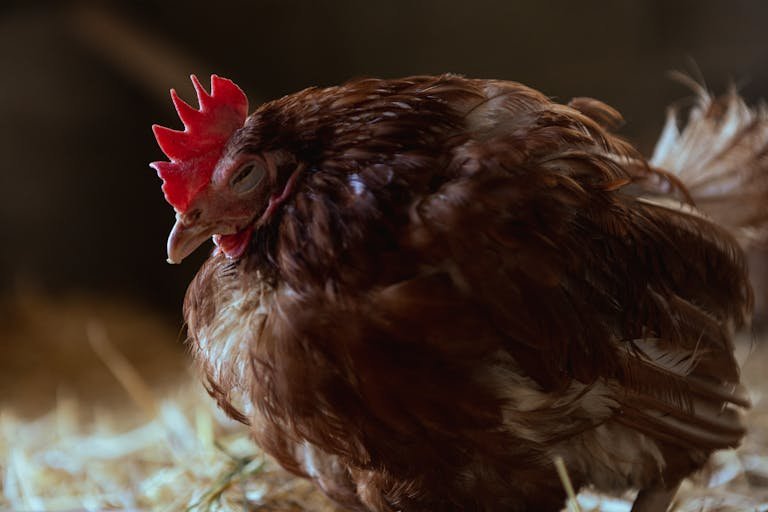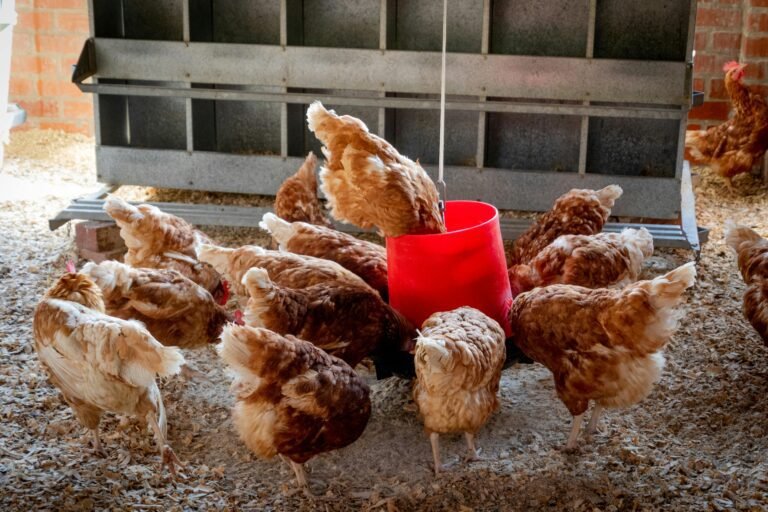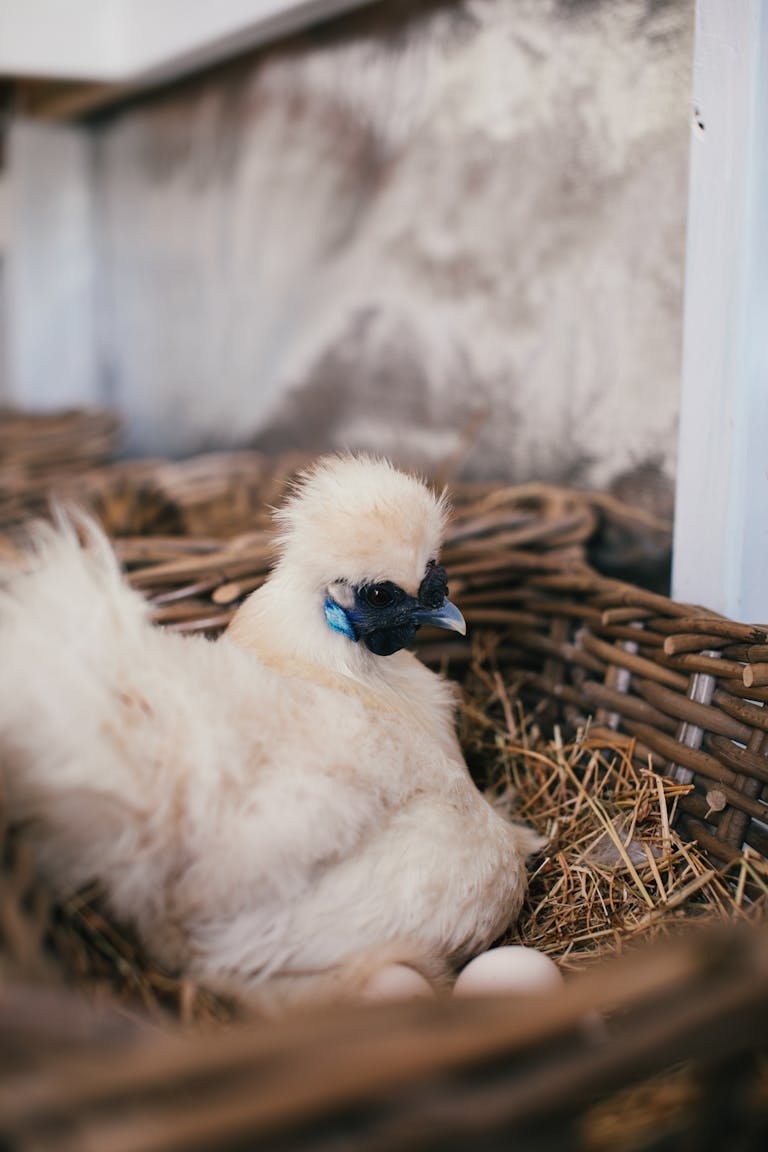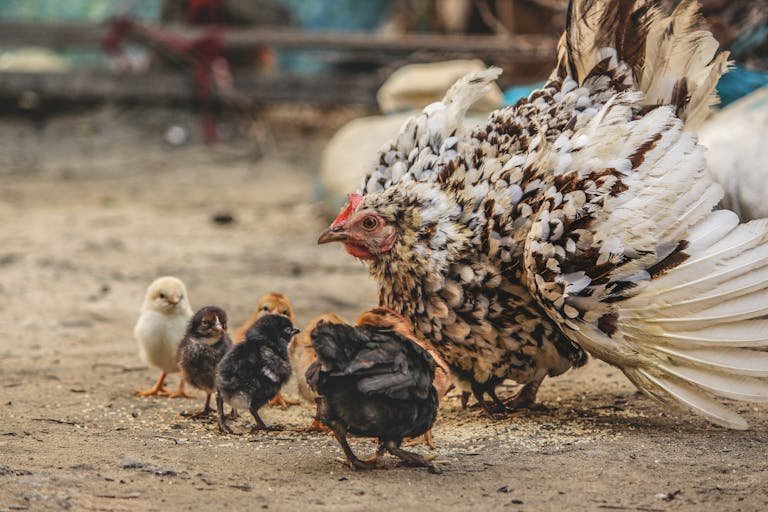Kill Mycoplasma: Save Your Chickens Now!
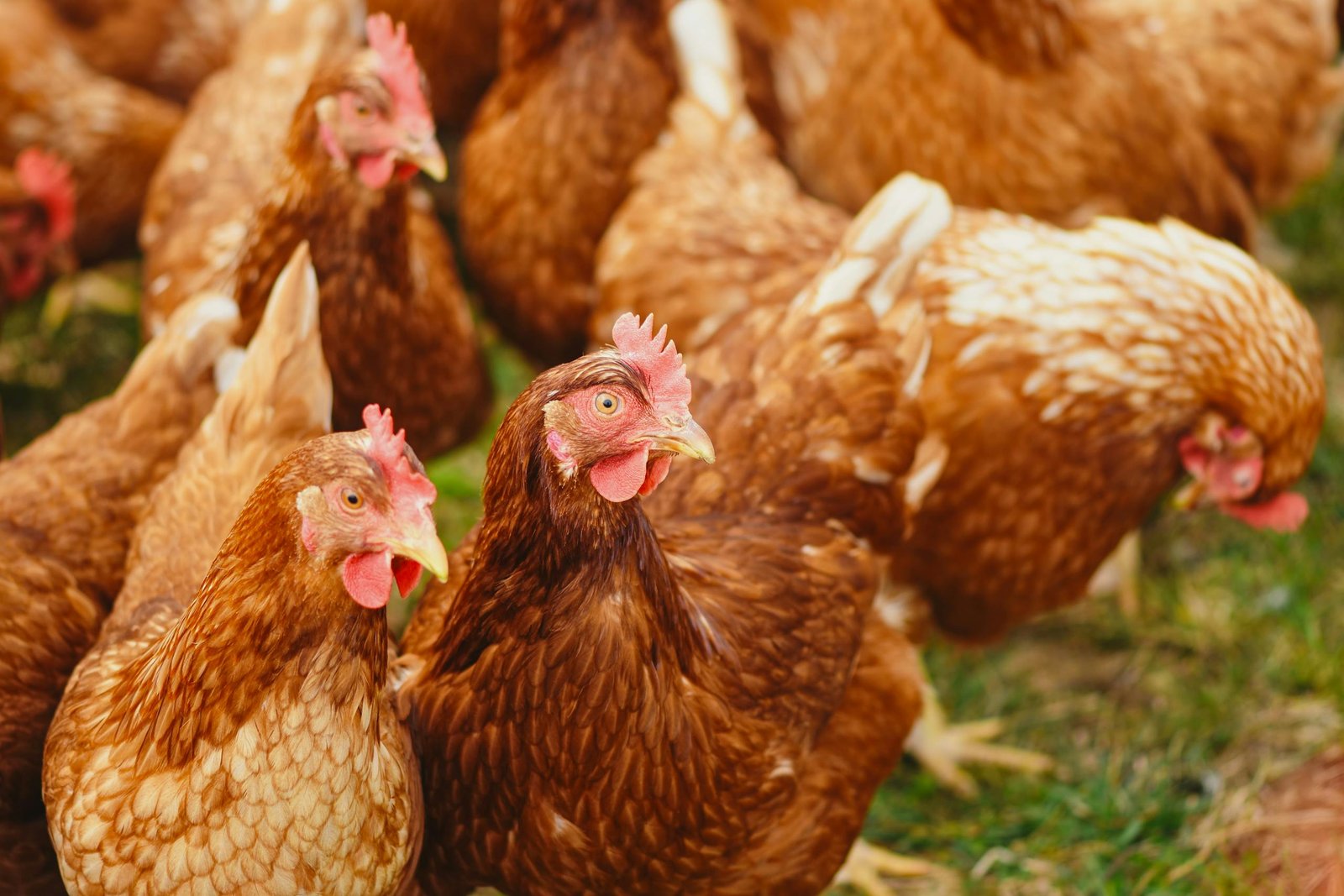
Mycoplasma is a significant concern for poultry farmers worldwide due to its impact on the health and productivity of chickens. This microscopic bacterium lacks a cell wall, making it unique and challenging to treat with conventional antibiotics. Following are the bacteria that cause Mycoplasma, Mycoplasma gallisepticum (MG), and Mycoplasma synovial (MS) are the most prevalent in chickens, causing respiratory and joint-related issues, respectively. Understanding Mycoplasma, its causes, symptoms, and prevention methods is crucial for maintaining a healthy flock.
In this blog post, we will dive into What is Mycoplasma? Causes of Mycoplasma Infection in Chickens, Symptoms and how to prevent our folks from this harmful disease.
What is Mycoplasma?
Definition
Mycoplasma is a type of bacteria that lacks a cell wall, which is uncommon among bacteria. This feature gives Mycoplasma a high degree of flexibility, allowing it to adapt and survive in various environments. Due to the absence of a cell wall, Mycoplasma is resistant to many antibiotics, particularly those that target cell wall synthesis, such as penicillin. In chickens, Mycoplasma primarily manifests in two forms:
- Mycoplasma gallisepticum (MG
- Mycoplasma synovial (MS)
Mycoplasma gallisepticum (MG)
Mycoplasma gallisepticum (MG) is the most common form of Mycoplasma in chickens, primarily affecting the respiratory system. It is known for causing chronic respiratory disease (CRD) in chickens and other poultry, leading to significant economic losses in commercial poultry production.
Mycoplasma synovial (MS)
Mycoplasma synovial (MS), on the other hand, tends to affect the joints, leading to conditions like infectious synovitis. While it can also cause respiratory issues, its primary impact is on the skeletal system, causing joint swelling and lameness.
Causes of Mycoplasma Infection in Chickens
Many Causes of Mycoplasma Infection in Chickens are given below. you can prevent our folks from this disease.
Transmission and Spread
Mycoplasma is highly contagious and spreads rapidly among birds. The primary modes of transmission include:
- Direct Contact: Infected birds can transmit the bacteria to healthy birds through direct contact. This is especially prevalent in overcrowded environments where birds are nearby.
- Aerosol Transmission: Mycoplasma can also spread through the air via respiratory droplets, making it a significant threat in poorly ventilated spaces.
- Contaminated Equipment: Shared feeding and watering equipment, as well as other contaminated surfaces, can harbor Mycoplasma and contribute to the spread of infection.
- Vertical Transmission: In some cases, Mycoplasma can be transmitted from an infected hen to her eggs, resulting in the hatching of infected chicks.
Contributing Factors
Several factors can increase the susceptibility of chickens to Mycoplasma infection:
- Stress: Stressful conditions, such as overcrowding, poor nutrition, and inadequate ventilation, can weaken a chicken’s immune system, making it more vulnerable to infections.
- Environmental Factors: Cold, damp, and poorly ventilated environments can exacerbate respiratory symptoms and increase the spread of the disease.
- Nutritional Deficiencies: A lack of essential nutrients can impair a chicken’s immune response, making it more susceptible to infections, including Mycoplasma.
READ ALSO: Do Chickens GROWL? Myth or Backyard Beast
Symptoms of Mycoplasma in Chickens
Respiratory Symptoms
Mycoplasma gallisepticum primarily affects the respiratory system of chickens, leading to a range of symptoms:
- Watery Eyes: One of the earliest signs of MG infection is watery or teary eyes. This symptom is often accompanied by swelling around the eyes.
- Nasal Discharge: Chickens with MG may exhibit clear or mucous nasal discharge, which can become more pronounced as the infection progresses.
- Coughing: Infected birds may develop a persistent cough, often accompanied by sneezing and wheezing.
- Difficulty Breathing: As the infection progresses, chickens may show labored breathing, sometimes accompanied by audible respiratory sounds such as gurgling or rattling.
- Reduced Egg Production: MG can cause a significant drop in egg production, as infected hens become lethargic and less active.
- Decreased Weight Gain: Infected chickens often experience reduced appetite and weight loss, impacting their overall health and productivity.
Joint Symptoms
Mycoplasma synoviae affects the joints, leading to different symptoms than MG:
- Swelling of Joints: One of the most common symptoms of MS is swelling in the joints, particularly in the hocks and feet.
- Lameness: Chickens with MS may develop lameness, making it difficult for them to move or stand.
- Decreased Egg Production: Similar to MG, MS can also lead to a reduction in egg production, although the primary focus is on joint issues.
- General Weakness: Infected birds may appear weak, lethargic, and reluctant to move, which can lead to secondary infections or other health issues.
Asymptomatic Cases
It’s important to note that some birds infected with Mycoplasma may not show any symptoms or may only exhibit mild signs of infection. These asymptomatic carriers can still spread the disease to other birds, making it challenging to control outbreaks.
Diagnosis of Mycoplasma in Chickens
Clinical Signs and Symptoms
Diagnosing Mycoplasma in chickens often begins with observing clinical signs and symptoms. Respiratory issues, such as coughing, nasal discharge, and difficulty breathing, are indicative of Mycoplasma gallisepticum (MG), while joint swelling and lameness suggest Mycoplasma synoviae (MS).
Laboratory Testing
For a definitive diagnosis, laboratory testing is required. Common diagnostic methods include:
- Serological Tests: Blood tests can detect antibodies against Mycoplasma, indicating exposure to the bacteria. These tests are useful for monitoring the prevalence of Mycoplasma in a flock.
- PCR Testing: Polymerase Chain Reaction (PCR) testing is a molecular method used to detect Mycoplasma DNA in samples from infected birds. This is a highly sensitive and specific test, making it the gold standard for diagnosing Mycoplasma.
- Culture and Isolation: In some cases, Mycoplasma can be cultured from respiratory or joint fluid samples. This method is more time-consuming but can provide additional information about the strain of Mycoplasma present.
Treatment of Mycoplasma in Chickens
Antibiotic Therapy
Due to the lack of a cell wall, Mycoplasma is resistant to many commonly used antibiotics, such as penicillin. However, some antibiotics are effective in treating Mycoplasma infections:
- Tetracyclines: Antibiotics such as doxycycline and oxytetracycline are commonly used to treat Mycoplasma infections in chickens. These antibiotics inhibit protein synthesis, effectively controlling the growth of Mycoplasma.
- Macrolides: Macrolides like tylosin are also effective against Mycoplasma. They work by inhibiting bacterial protein synthesis and are often used in combination with other antibiotics.
- Fluoroquinolones: Enrofloxacin is a fluoroquinolone antibiotic that is sometimes used to treat Mycoplasma infections. It works by inhibiting bacterial DNA synthesis, leading to the death of the bacteria.
Supportive Care
In addition to antibiotic therapy, supportive care is essential for managing Mycoplasma infections:
- Improved Nutrition: Providing a balanced diet with adequate vitamins and minerals can help support the immune system and aid in recovery.
- Stress Reduction: Minimizing stressors, such as overcrowding and poor ventilation, can help reduce the severity of symptoms and improve recovery rates.
- Isolation of Infected Birds: Isolating infected birds from the rest of the flock can help prevent the spread of Mycoplasma and allow for more focused treatment.
Limitations of Treatment
While antibiotics can help manage symptoms and reduce the spread of Mycoplasma, they do not eliminate the bacteria from the flock. Infected birds may remain carriers of the disease, posing a risk of future outbreaks.
Treatment
Antibiotics
- Tetracyclines: Doxycycline and oxytetracycline are effective.
- Macrolides: Tylosin is commonly used.
- Fluoroquinolones: Enrofloxacin may be used in some cases.
Supportive Care
- Nutrition: A balanced diet supports the immune system.
- Stress Reduction: Reducing stressors helps in recovery.
- Isolation: Infected birds should be isolated to prevent spreading.
Prevention
Biosecurity
- Quarantine New Birds: Isolate new additions for at least 30 days.
- Disinfection: Regularly clean equipment and housing.
- Control Wild Birds: Secure coop areas to prevent contact with wild birds.
Vaccination
Vaccines are available for both MG and MS, reducing the severity and spread of the disease.
Hygiene Practices
- Clean Housing: Regular disinfection is essential.
- Adequate Ventilation: Ensures good airflow to reduce respiratory issues.
- Stress Management: Provide a calm, enriched environment.
Impact on Poultry Farming
Mycoplasma can lead to:
- Economic Losses: Due to reduced egg production, slower weight gain, and increased mortality.
- Flock Health Issues: Weakening the immune system and leading to chronic health problems.
- Eradication Challenges: Infected birds may remain carriers, requiring ongoing management.
Read ALSO: How Do Chickens Communicate?
Closing Words
Mycoplasma is a persistent threat in poultry farming, but with proper management, its impact can be minimized. Implementing biosecurity measures, early detection, and proper treatment are key to maintaining a healthy flock. Prevention remains the best approach to managing Mycoplasma, ensuring the long-term health and productivity of your chickens.
